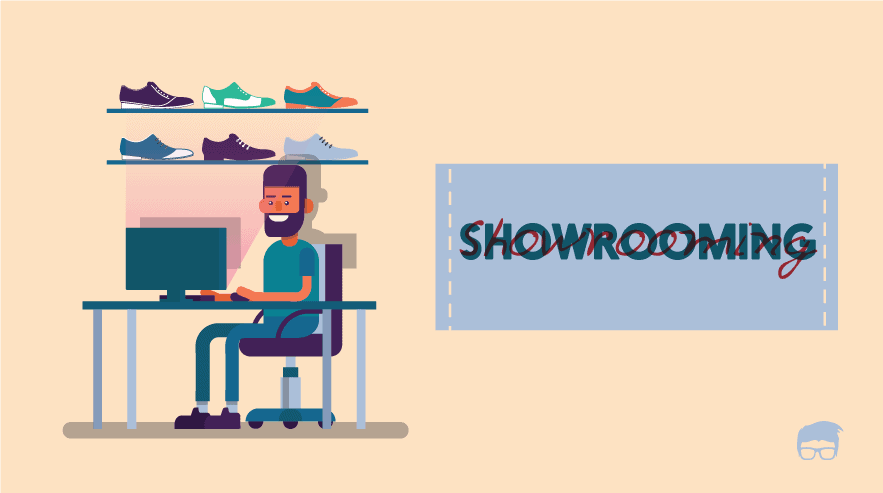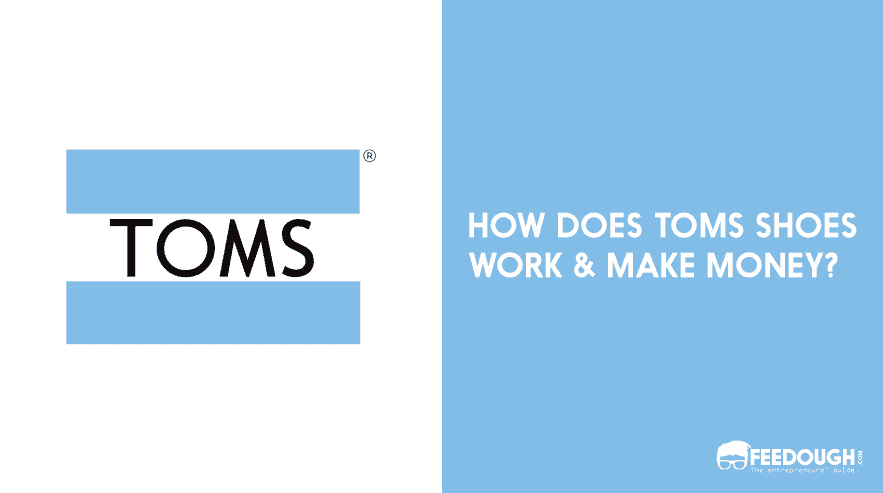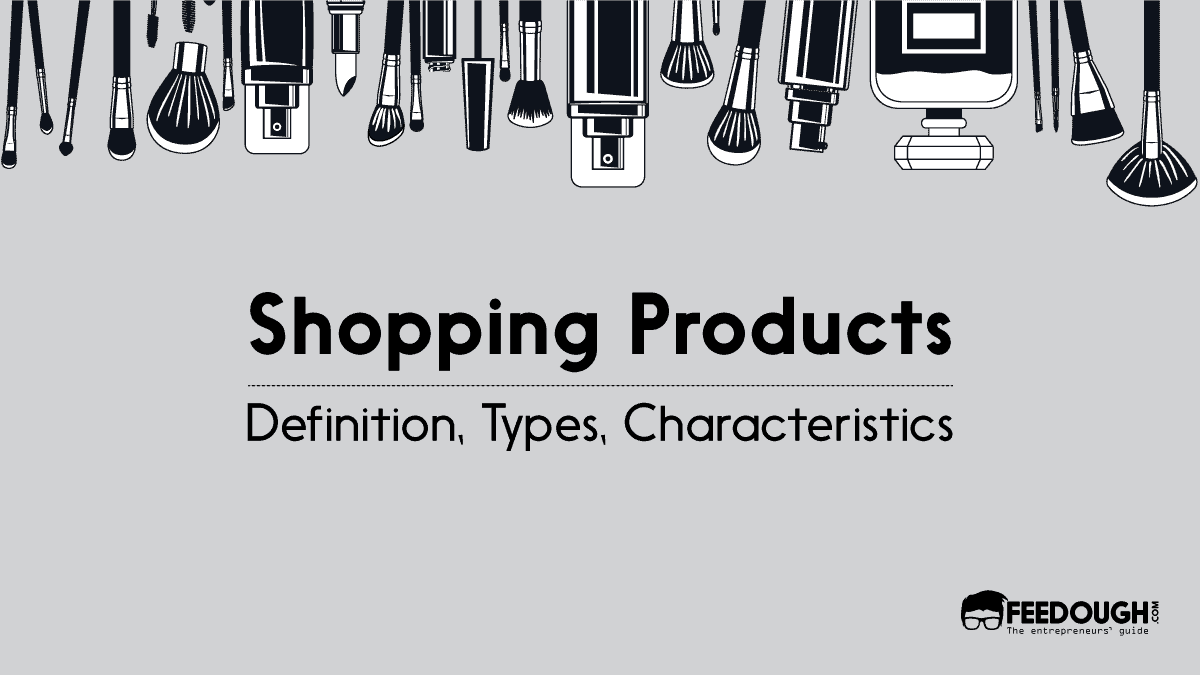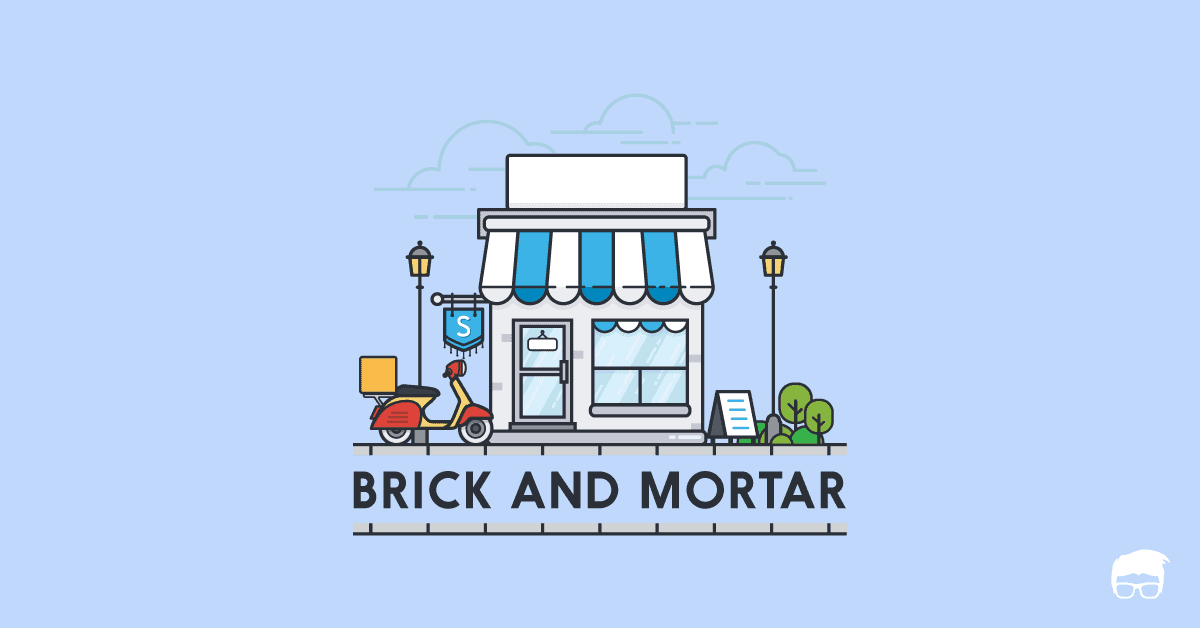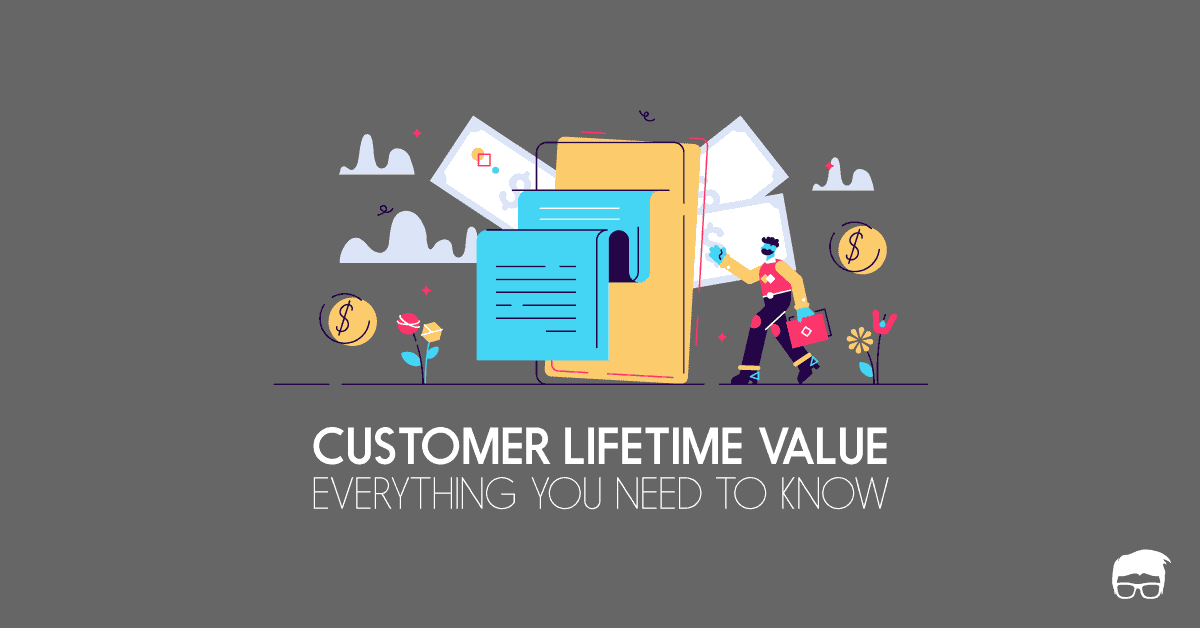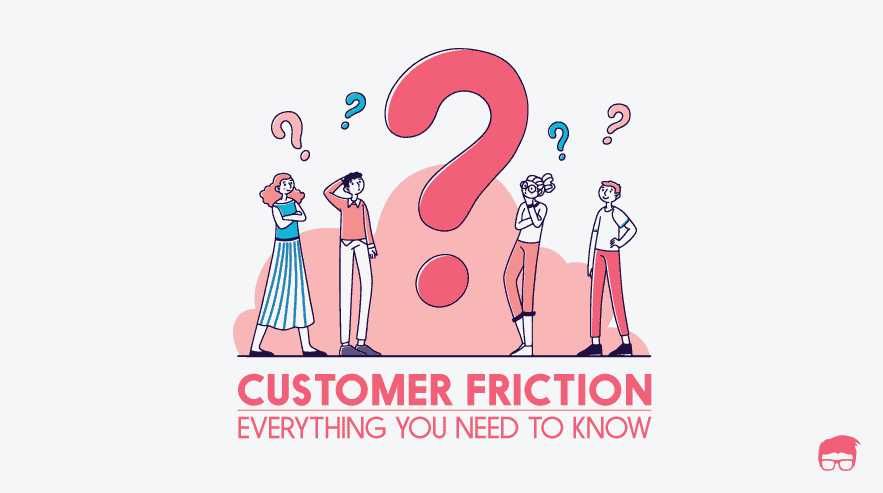It’s been nearly an hour and the salesman has just called for the fifty-sixth pair of shoes to be fetched. All around the floor are strewn open boxes displaying footwear deemed variously as nos, maybes and almost-sures.
Amidst the sea of espadrilles and ankle boots, the customer frowns as she scans a shopping app for the availability of the shoes she likes. Her lips purse and she rises from her seat with an air of finality the salesman has come to know all too well.
“Nah…I think I’ll just get them online,” she says.
Accepting the inevitable, the salesman bows her out of the shop before proceeding to repack the pairs in tissue and cardboard, to be replaced on the shelves in waiting for the next such not-customer who comes along.
Whether you’re a store owner or a customer, you’ve almost certainly nodded along to the scenario above with a wry, been-there-done-that smile. And now there’s a business term for it too – showrooming.
What Is Showrooming?
Showrooming is the practice of examining products in a brick-and-mortar store, shopping booth or other offline settings, and then buying it online, usually at a lower price.
Showrooming is a tactic of the ultimate “deal seeker”, who wants maximum convenience at minimum cost. They appreciate the personal touch of going to a store, being educated on the product by the salesperson, trying different variants, enjoying the plush ambience…and then heading out of the store and towards a shopping app like a homing pigeon and buying the product at the cheapest rate available.
The retail outlet has a distinct value in the showroomer’s buying process – it allows her to try out what she plans to buy and determine whether it’s the right product for her. People try on clothes to see what’s the ideal size or style for them, and test electronics to see how they work. When it comes to actually buying, however, customers tend to walk out and buy online. They get better deals when they shop online, and the products get delivered to their homes without them having to carry bulky shopping bags – plus, thanks to their try-out sessions at the store, they no longer run the risk of having to return or exchange suboptimal products. It’s a win-win for the buyer – and a head-scratching situation for the store.
How Worried Should A Store Be About Showrooming?
Showrooming, for better or for worse, is here to stay. Customers will continue to prefer online purchases as long as the products are priced lower than in the physical store – which, given the negligible inventory costs of online sellers, is almost always true.
This certainly doesn’t mean, however, that retailers should write their stores off as obsolete. Stores, in fact, hold far greater potential than an online marketplace for engaging with customers and getting them to form a relationship with a brand. And with the right strategy in place – based on tactics like the following ones – stores can capitalise on that potential and win customers over to the point of an on-spot purchase.
Go Online With Active Social Media Accounts & Review Pages
Sounds counterintuitive when a retailer is trying to boost offline sales? It’s actually not. Today, your largest chunk of consumers is likely millennials, who spend a significant amount of time online. And when they’re online, they expect the people, places and brands they interact with to be online as well. In fact, 82%of buyers say that they consult their phones about a purchase they plan to make at a store, 50% of shoppers say that they visit a store the same day they make the search query, and 90% of them say that their buying decisions depend significantly on online reviews for the store. Clearly, there’s a strong case for a retailer to focus on what turns up when people search for the brand.
Start The Experience Before Customers Even Enter The Store
Social media and product reviews not enough of a draw? Set your brand apart from the others by adding, quite literally, another dimension to your strategy. Alibaba, Samsung and Lowe’s have turned to virtual reality to give customers an exclusive preview of what awaits them at the store, while Converse has launched an augmented reality app to help shoppers try on virtual shoes. More recently, Nordstrom’s Manhattan menswear store has integrated a feature into their app that allows customers to decide which clothes they want to try well before they reach the store, so that a dressing room can be ready with the items they have selected by the time they arrive. It’s a simple way to show customers that their needs are given priority – and an excellent way to attract more people into the store.
Make Stores Cool Places
The typical retail outlet with shelves of products and a check-out counter is passé. Brands know this, and are responding.
In 2015, for instance, clothing designer Rebecca Minkoff tied up with software company Oak Labs to make fitting rooms – the point of highest in-store conversion as well as highest dissatisfaction – into an experience of its own. Three Rebecca Minkoff stores were equipped with “magic mirrors” that allowed customers to choose merchandise in different colours and sizes, adjust lighting, check styling recommendations for each outfit and purchase online with one touch. Results were highly encouraging, with a tripling of in-store clothing sales within a year. Other brands have embraced in-store augmented reality as well. Sephora, the beauty retailer, has equipped its stores with mirrors that allow customers to try on different makeup products to see what best suits their skin. Lego has installed AR kiosks in select stores to allow shoppers to scan a box and see what the finished creation looks like. And most recently, in summer 2018, Nike launched “Nike Live” in LA, a concept store that lets NikePlus members send products to in-store lockers, scan barcodes to learn about colour and size availability and more – this comes as a follow-up to their acquisition of Invertex, whose AI technology allows them to analyse shoppers’ feet in-store and suggest which shoes would suit them best.
A brand doesn’t need AR, however, to make its stores cooler. Home Depot, for example, conducts classes for adults and kids that teach all kinds of DIY skills, from making toy trucks to installing ceiling fans.
Equip Salespeople
It’s not for nothing that people say your most valuable asset is your employee base. 54% of customers said that a knowledgeable and helpful sales assistant was the main reason they would be prompted to buy in-store.
Having well-trained staff capable of answering questions and finding products tailored to a customer’s needs is a major draw for in-store sales, especially when it comes to technical products like electronics and cars, or highly personal products like makeup and skincare. For instance, Best Buy offers in-home advisory services, through which its shoppers get free consultations on how to connect all the electronic products in their homes, such as TVs, computers and security systems. Beauty brands like Clinique guide customers step-by-step through skincare routines and makeup tips, and also offer free facial treatments and makeovers to its customers – a solid reason for beauty lovers to keep coming back.
Allow People To Check Out Anywhere
One reason millennials like shopping in-store is that they don’t have to wait for delivery. Now, technology makes it possible to eliminate check-out time as well. Walmart, for instance, allows customers to view its entire range of toys at Walmart.com at in-store kiosks in its Texas outlets, so that they can order on the spot and pick up at a convenient time without being restricted to what’s available on the shelves.
Another option is equipping sales assistants to help customers check out right from the aisles. Lowe’s has armed its New York store employees with devices that help them scan product codes and check a customer out wherever she happens to be standing. Nordstrom Rack stores feature roving cashiers who can help customers check out on the spot – they have also acquired BevyUpand MessageYes, start-ups whose technology offerings allow store assistants to communicate directly with one another and check out a customer simply by texting “yes” to confirm an order. Innovations like these in the check-out process reduce the chances of an in-store customer doing a “research-and-run”.
Give Them Offers They Can’t Refuse
Cool stores and helpful assistants notwithstanding, price remains a major factor in the buying decision. Retailers can face this by offering customers special offers just for them if they buy in-store. For example, opt-in apps make use of Bluetooth or beacon technology to push unique offers to shoppers as they come near certain products.
The same apps can also offer special purchase rewards for loyalty programmes that customers are enrolled in. Store assistants can also be given the authority to extend special offers to customers if they check out on the spot.
Study Why They Behave As They Do
Retailers will almost never be able to beat the prices offered by Amazon – a fact that customers are well aware of. Yet, they do often buy at stores. Clearly, price motivation isn’t the only factor that prompts a purchase – which is why it becomes crucial for retailers to understand why customers enter the store to begin with. This involves tracking store behaviour, online interaction with the brand and purchase data. Understanding what prompted a purchase – a product demo, a free sample, a compelling discount, product variety, similar purchases made previously or ease of check-out – as well as what made the customer walk out after looking around can help retailers zero in on the most effective sales tactic or purchase channel to encourage a sale the next time the customer visits.
What If Showrooms Become The New Way To Shop?
Sellers tend to dislike showrooming because it means that customers try products at the store but end up buying them online. New trends, however, suggest the retailers may actually end up embracing the showroom and turning it into a profitable way to sell more.
According to analysts at strategy and management consulting firm A.T. Kearney, showrooms may be the next phase in the evolution of retailing, largely because customers already view retail stores as showrooms where they can try out a product and get to know it better before buying it online. Most stores today have large stockrooms where they store several pieces of each product and hire staff to manage all the stock. By becoming showrooms, stores can do away with the need for a large inventory and simply keep a few pieces of every item for customers to try on in-store, with the final purchase being made online at a later time. This would allow stores to reduce their square footage, thus saving on rent, utilities and extra staff, and invest more in creating an immersive experience for customers to interact with the brand and buy from it.
Does it really work?
The showroom isn’t just a fancy concept. In 2012, online menswear brand Bonobos launched a series of brick-and-mortar “guideshops” across the United States, in partnership with Nordstrom. These were designed keeping in mind the needs of their primary target audience – male millennials who enjoy dressing well but find in-store selection and check-out tedious. At these guideshops, visitors are asked to make appointments in advance of up to an hour in length. Guides take them through the shop, which contains one piece of every colour, cut, fabric and size so that customers can find the right item for themselves. Fitting and tailoring sessions are carried out to ensure the shopper gets exactly what he needs. Finally, the guides check the customers out on a phone or laptop and schedule delivery of the final products. This is the perfect example of a hybrid shopping experience where online and offline are seamlessly merged to meet customer requirements in an interactive, convenient manner. And given that Walmart acquired the brand in 2017 for over $300 million, it’s clearly a winning formula in terms of profitability.
So why isn’t everyone doing it?
Before locking up the inventory room and setting up a showroom, however, it is important to evaluate whether the switch will really bring in more benefits.
- While inventory costs and store area will go down, showrooming will call for an efficient supply chain that can deliver products quickly and efficiently to customers’ doorsteps, and the increased cost of setting that up has to be less than the costs reduced from less inventory space
- There is also the extra cost of training store assistants in the showroom style of selling to take into account
- In addition, brands that are already heavily discounted (like TJ Maxx) or that follow a fast-fashion model (like Zara) will see little extra benefit in a showroom, as they’re making sales from their stores in any case
Bottom line?
In-store spending is projected to go up by $36 billion by 2022, and e-commerce by $50 billion, according to a study by Deloitte. Clearly, brick-and-mortar is not going anywhere. What is happening, however, is a slow yet steady change in the way retailers use their brick-and-mortar space. Shoppers of today, especially millennials, are ready for a shopping experience where stores are designed for product selection rather than purchase. By 2025, according to IBM, it will become the norm for buyers to enter stores, try out products, place orders and get their chosen products shipped to their homes. And while the transition may not be as rapid as predicted, the coming years will undoubtedly see brands across industries experimenting with showrooms, figuring out the optimal size and location and streamlining their supply chain to cater to both store and showroom clientele.
Above all, the focus will be on responding swiftly and efficiently to changing customer needs, with showrooms or without. “As they work toward success in the retail renaissance, brands must think beyond product as a differentiator and become more granular in how they identify and satisfy customer wants and needs,” reminds the Deloitte study. In other words, retailers that want to succeed will invest time and resources into knowing the shopper, which simply means figuring out how to solve her problems, both in the showroom and outside of it.
That, ultimately, is what good selling comes down to.
Go On, Tell Us What You Think!
Did we miss something? Come on! Tell us what you think about our article on A Retailers Guide To Showrooming in the comments section.
I’m always up for a party. In a library. With unlimited brewed coffee. And Chopin on the playlist.
